
Camera Repair Guide - Camera Repair Guidance
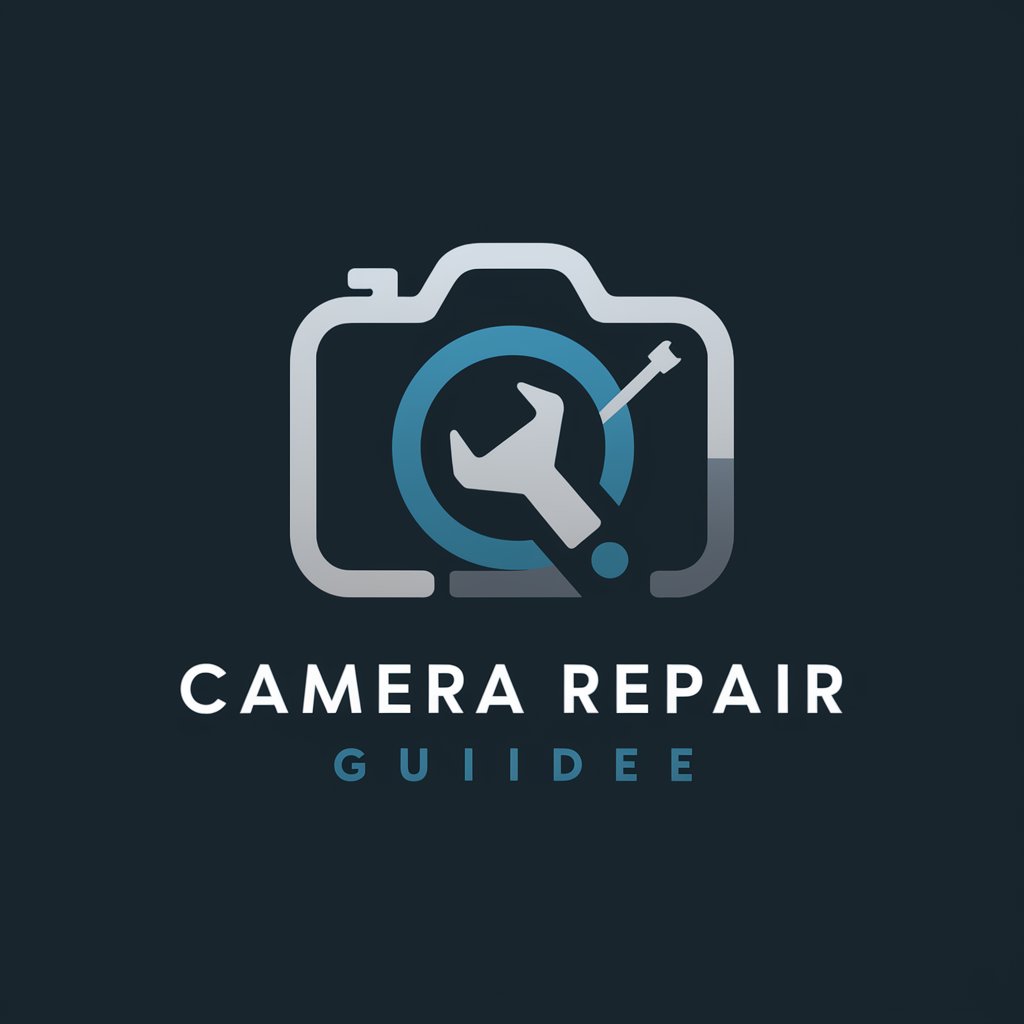
Welcome! Let's get your camera working perfectly again.
AI-powered Camera Repair Assistant
How can I fix the autofocus mechanism on my DSLR camera?
What are the common issues with mirrorless cameras and how can I troubleshoot them?
Can you guide me on cleaning and maintaining my camera lens?
What steps should I take to replace the shutter mechanism in a film camera?
Get Embed Code
Introduction to Camera Repair Guide
Camera Repair Guide is a specialized virtual assistant designed to provide expert advice, step-by-step instructions, and comprehensive solutions for the repair and maintenance of cameras and photographic equipment. This encompasses a wide range of devices, from digital and analog cameras to commercial video and motion picture equipment. The primary goal is to assist users in diagnosing issues, performing repairs, and maintaining their equipment to ensure optimal performance. Scenarios include troubleshooting a lens error, cleaning sensor dust, or recalibrating autofocus systems. Through detailed guidance, Camera Repair Guide aims to empower users to undertake repairs with confidence, leveraging a deep understanding of camera mechanics and maintenance techniques. Powered by ChatGPT-4o。

Main Functions of Camera Repair Guide
Diagnostic Support
Example
Identifying the cause of a blurry image in a DSLR camera.
Scenario
A user notices their photos are consistently blurry despite various settings adjustments. Camera Repair Guide provides a systematic approach to diagnosing the issue, such as checking the lens for smudges, verifying autofocus functionality, and suggesting tests to isolate the problem to either the lens or the camera body.
Repair Instructions
Example
Guiding through the process of replacing a broken LCD screen on a digital camera.
Scenario
A user with a digital camera that has a cracked LCD screen seeks advice on replacing it. Camera Repair Guide offers detailed, step-by-step instructions on safely removing the damaged screen, sourcing the appropriate replacement part, and installing the new screen, including precautions to avoid further damage.
Maintenance Tips
Example
Providing recommendations for regular maintenance to extend the life of camera equipment.
Scenario
A user wants to ensure their camera and lenses remain in top condition. Camera Repair Guide suggests a maintenance routine that includes proper cleaning techniques for the lens and sensor, storage tips to prevent mold growth, and firmware updates to enhance functionality.
Ideal Users of Camera Repair Guide Services
Photography Enthusiasts
Individuals with a passion for photography, ranging from beginners to advanced hobbyists, who seek to maintain and repair their equipment personally. They benefit from tailored advice that helps them understand their gear better and solve problems without always resorting to professional services.
Professional Photographers
Professionals relying on their camera equipment for work would find the guide invaluable for quick fixes and maintenance tips, minimizing downtime and ensuring their gear is always in the best possible condition for any assignment.
Camera Repair Students
Students and apprentices learning the trade of camera repair can use the guide as a supplementary resource to enhance their understanding of complex camera systems and troubleshooting techniques, accelerating their learning curve.

How to Use Camera Repair Guide
1
Start by accessing a platform offering AI-driven assistance, like visiting yeschat.ai for an initial experience without the need to sign up or subscribe to premium services.
2
Identify the specific camera model or equipment issue you need help with to ensure tailored advice.
3
Use clear, detailed descriptions of the problem or task you're facing with your camera equipment.
4
Apply the provided guidance step by step to your camera repair or maintenance task.
5
For optimal results, double-check the advice against your camera's user manual or official documentation if available.
Try other advanced and practical GPTs
Camera Equipment Repairers Assistant
AI-Powered Camera Repair Wizard
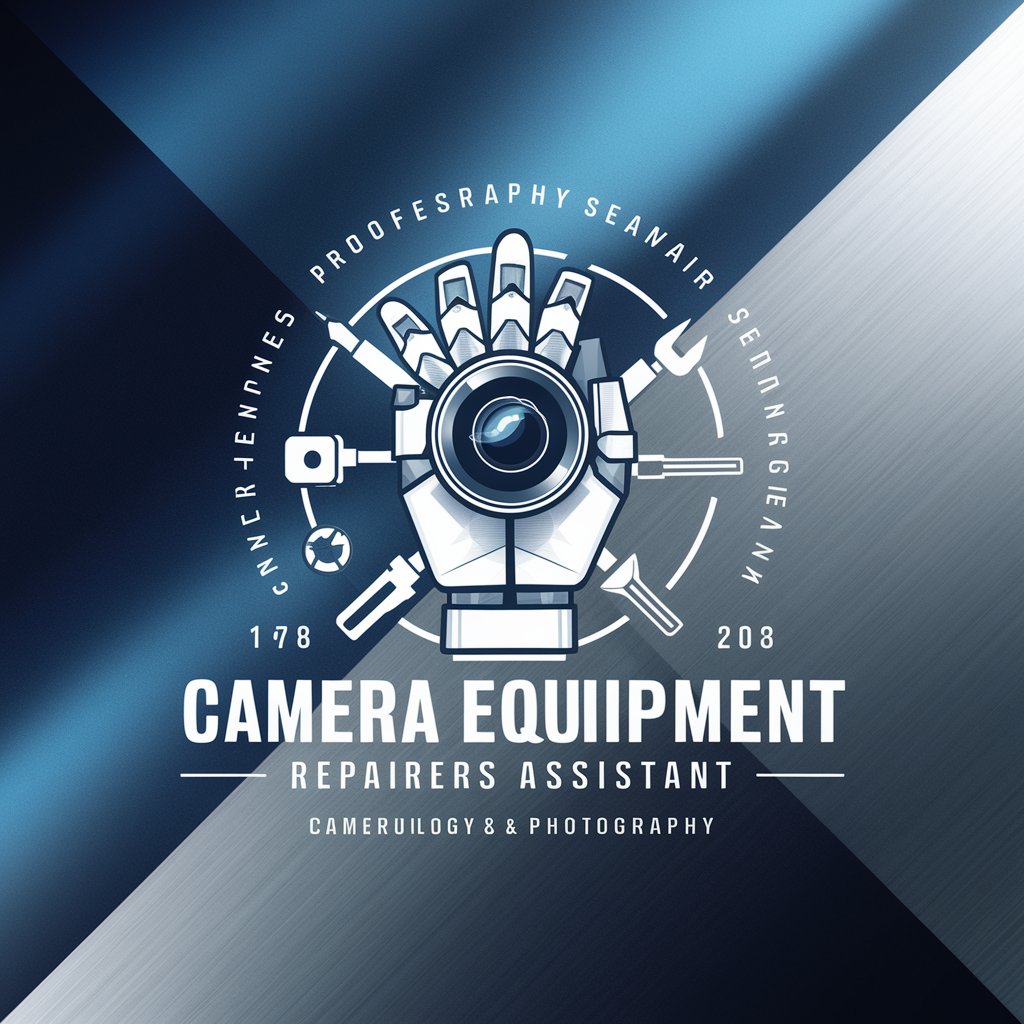
Camera Guide GPT
Empowering your security camera setup with AI
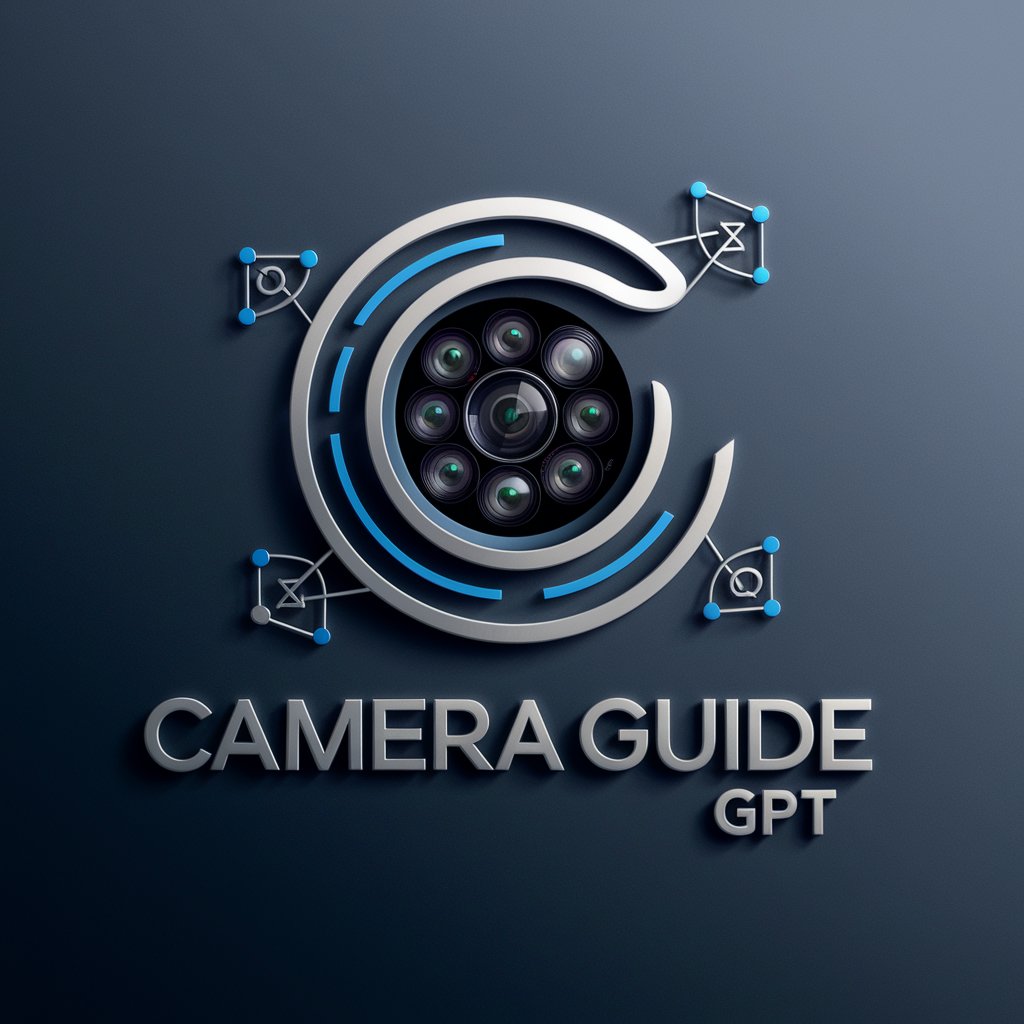
Camera phones
Elevate Your Writing with AI

ArchiMate® 3.2 Architect
Streamline Architecture Modeling with AI

Flowise Ally
Empower your projects with AI

Effortless Book Summary 👉🏼 With Diagram
AI-driven book summaries with visual aids.
Camera Compare Helper
Illuminate Your Camera Choice with AI

Vintage Camera Fixer
Reviving classics with AI-powered precision.
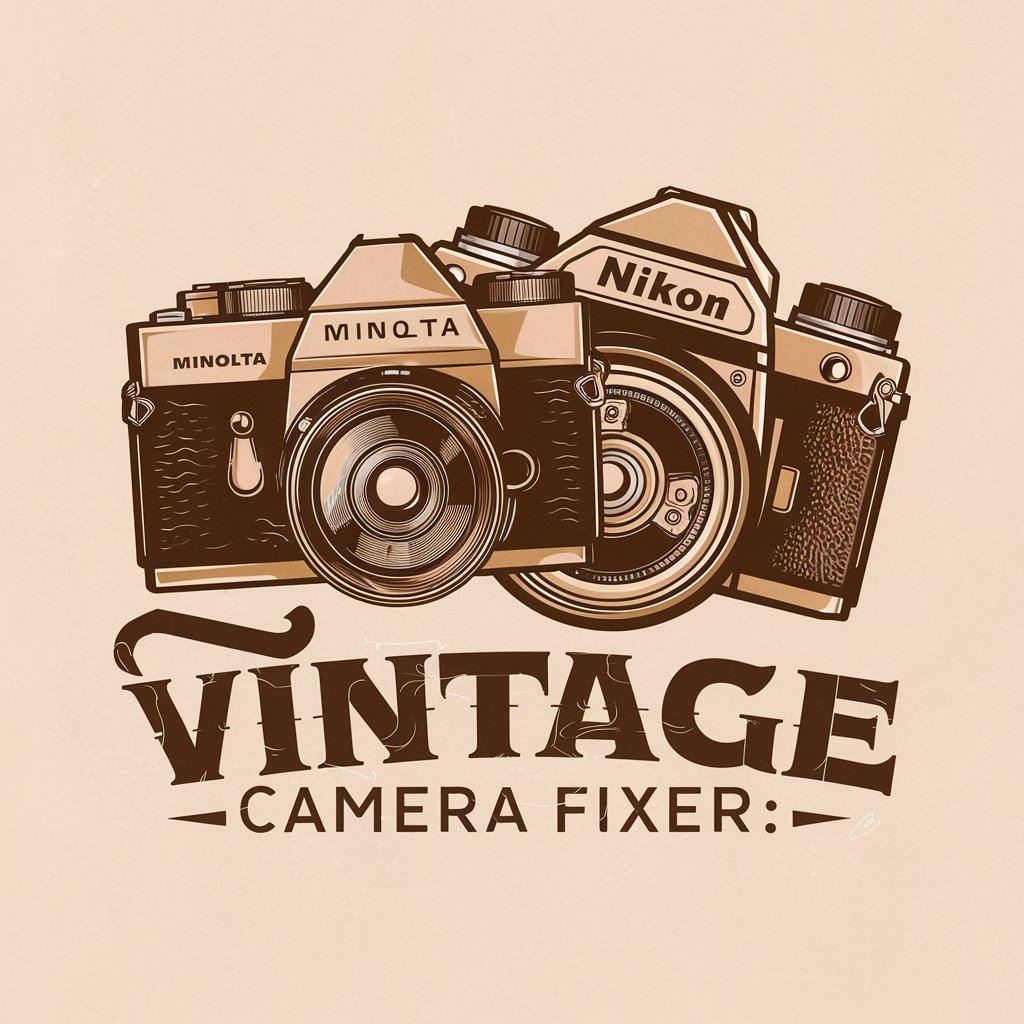
Camera Gear Guide
Empowering Your Photography Journey with AI
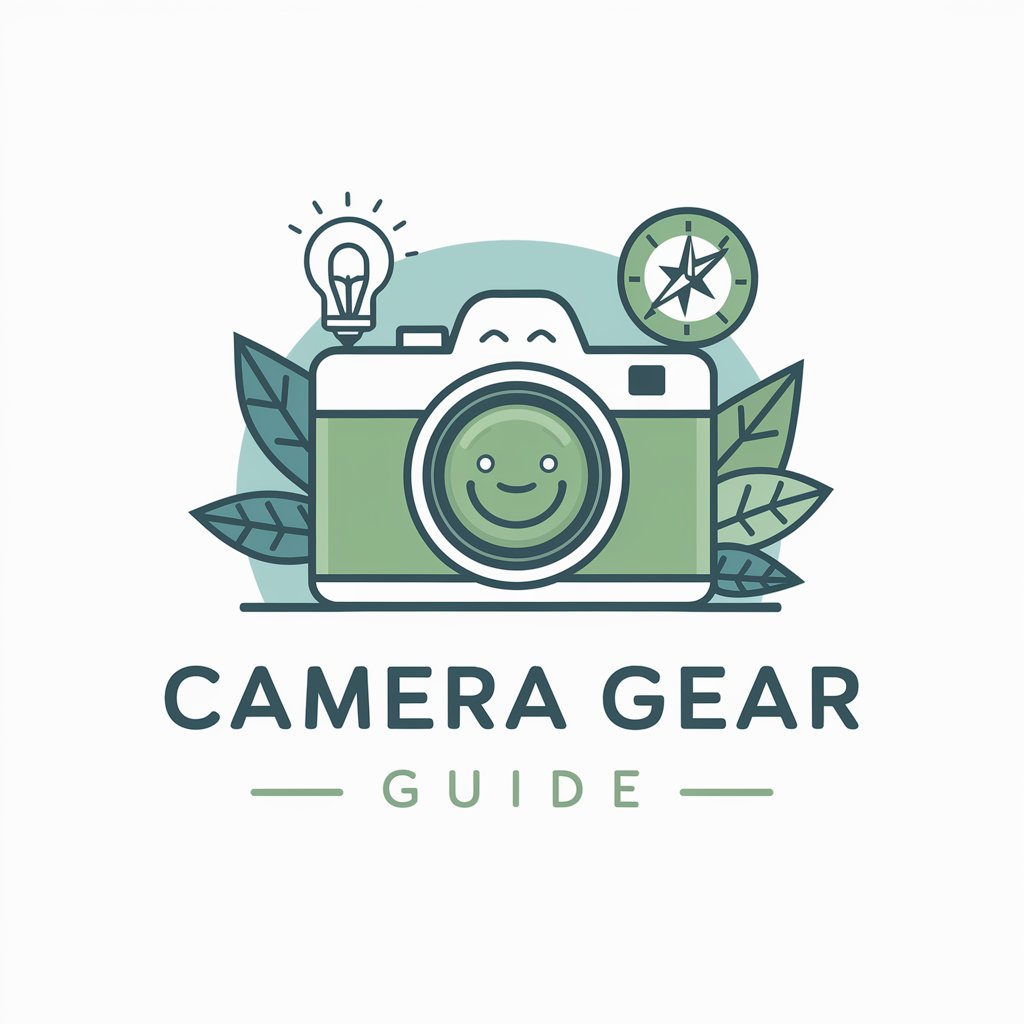
Camera Guru
AI-powered photography assistant.
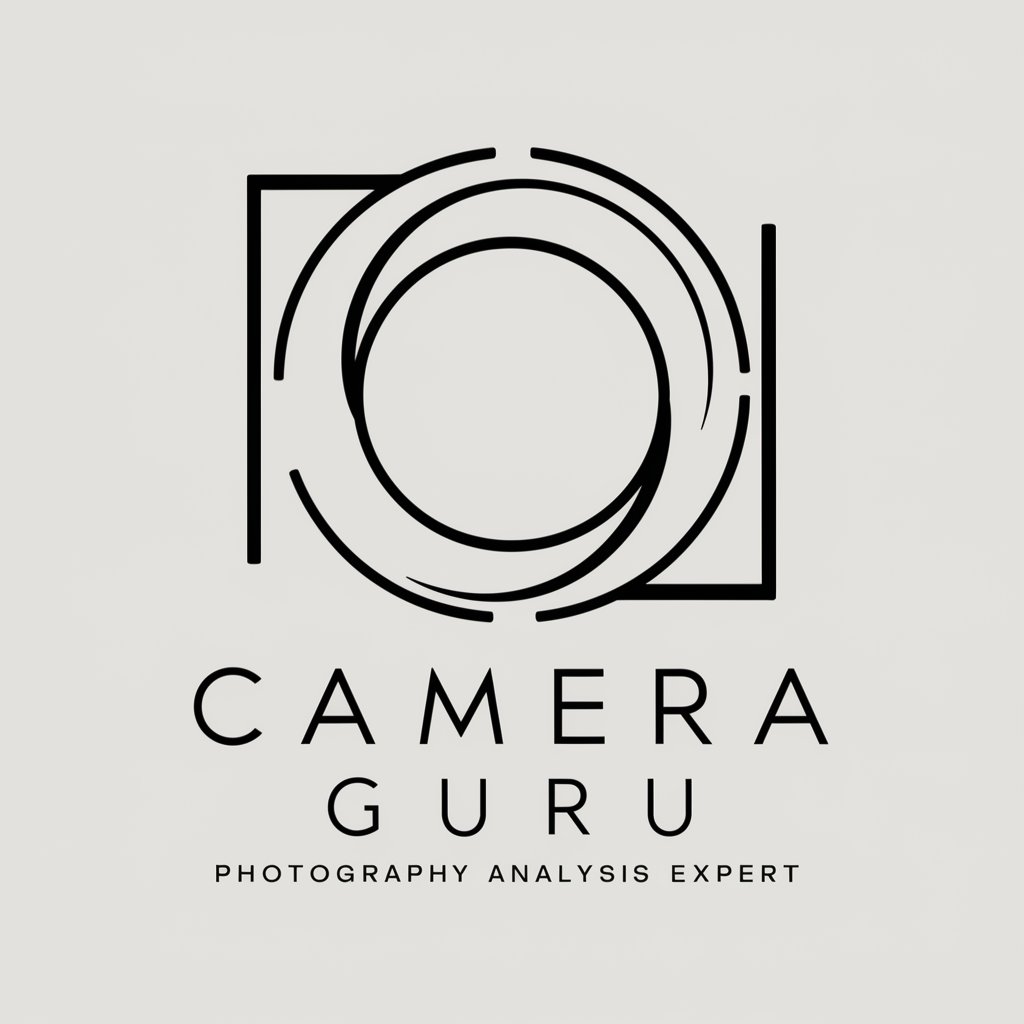
Fixed Camera Animator
Animate stories with AI, fixed perspective.
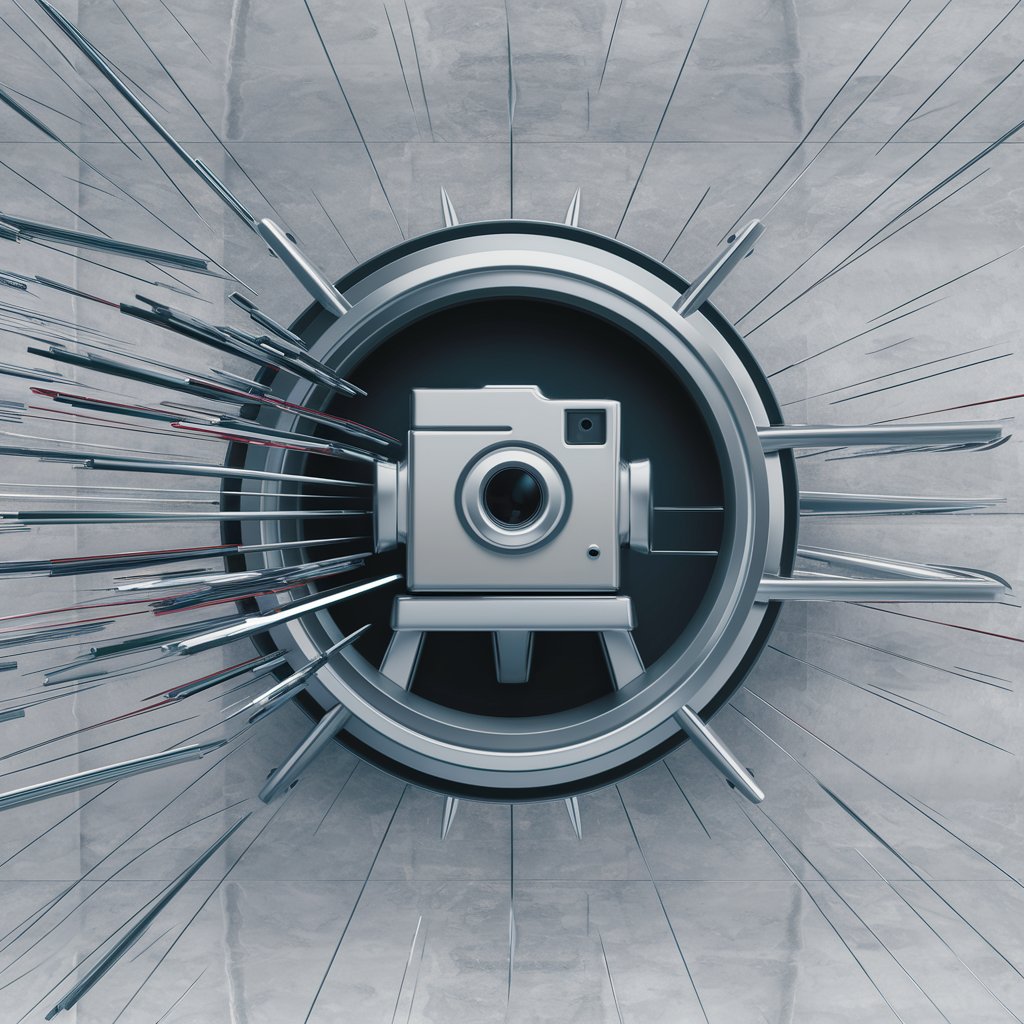
My Muse · Camera
Bringing your nostalgic visions to life.

Camera Repair Guide Q&A
What basic tools are needed for most camera repairs?
For most repairs, you'll need a set of precision screwdrivers, a lens spanner wrench, tweezers, a blower brush, and a soft cloth. Depending on the repair, you may also require specialized tools like sensor cleaning swabs.
How can I troubleshoot a lens that won't focus?
Begin by checking for any visible obstructions or dirt on the lens or camera body. Test the lens with manual focus to determine if the issue is mechanical or electronic. Clean the contacts on both the lens and camera body. If the problem persists, the lens may need internal adjustment or repair.
What should I do if my camera gets wet?
Immediately turn off the camera and remove the battery and memory card. Dry the exterior with a soft, lint-free cloth. Place the camera in a dry, warm place with good airflow but avoid direct heat sources. If water has penetrated the inside, professional servicing is recommended.
Can I fix a dead pixel on my camera's sensor?
While you cannot 'fix' a dead pixel, most camera software can map out dead or stuck pixels during processing. Consult your camera's manual for sensor cleaning or pixel mapping features. For extensive issues, professional sensor cleaning or repair might be necessary.
How do I maintain my camera to prevent future issues?
Regularly clean the body and lens with appropriate tools, avoid exposing the camera to extreme temperatures and moisture, and store it in a padded, dry case. Use sensor cleaning swabs carefully for the sensor and ensure battery contacts are clean.